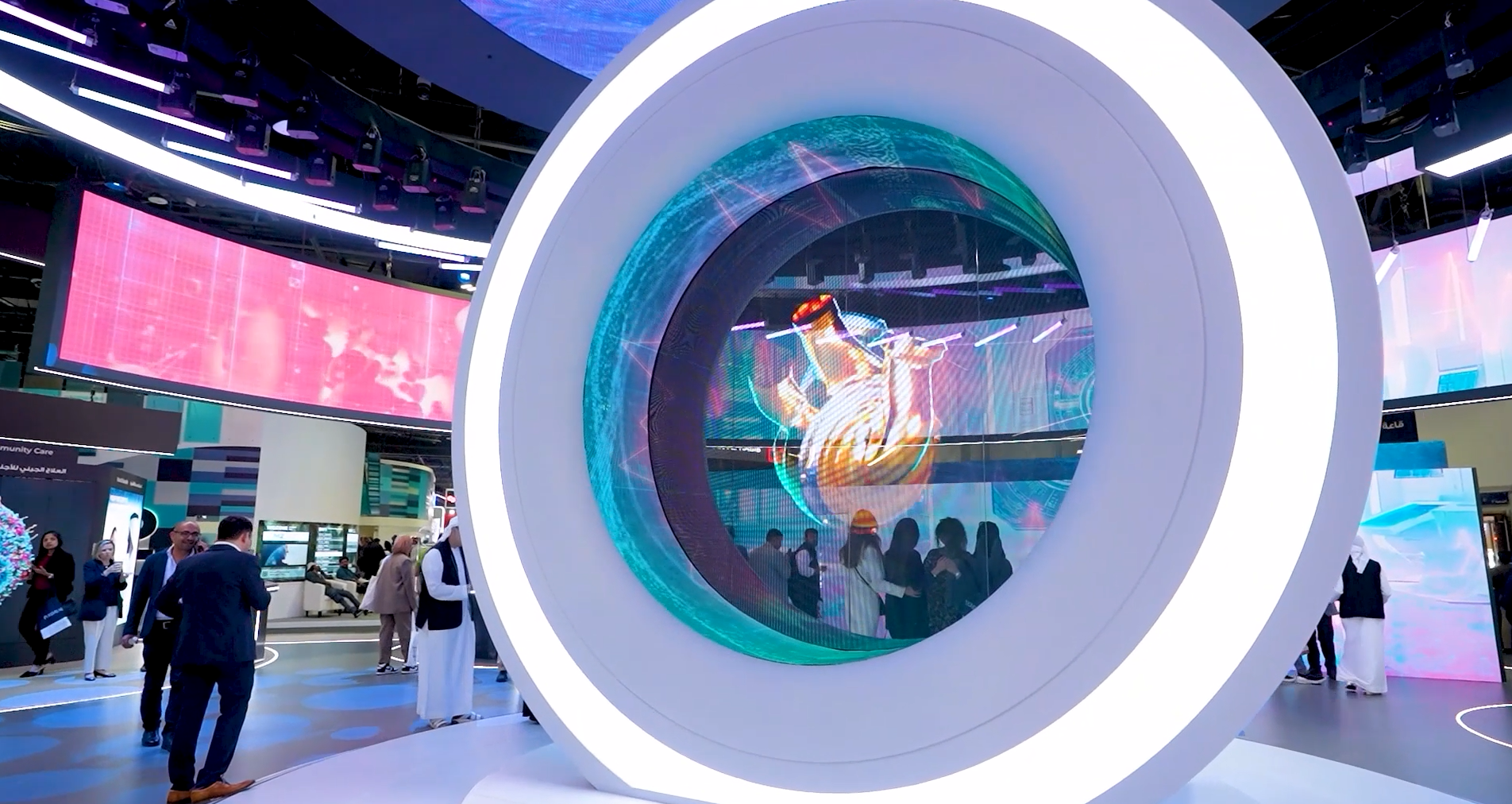Hologram Technology: Shaping the Future of Visual Communication
By Elias | 07/08/2025

Hologram Technology: Shaping the Future of Visual Communication
In a world that constantly blurs the line between science fiction and reality, hologram technology is no longer a futuristic fantasy — it's happening now. From live concerts featuring digital legends to interactive retail displays and advanced medical training, holography is transforming how we communicate, learn, and experience the world around us. But what exactly is hologram technology? And why is it becoming one of the most exciting innovations of our time?
What Is a Hologram?
A hologram is a three-dimensional (3D) image formed by the interference of light beams that reflect off a physical object and then interact with each other. Unlike traditional images or videos on flat screens, a hologram gives the illusion of depth — you can view it from different angles, and it reacts to your perspective in real-time. There are two main types of holograms:
- Static Holograms: Recorded on surfaces like glass or film.
- Dynamic/Interactive Holograms: Projected into space or air using lasers, augmented reality (AR), or light field displays.
How Does Holography Work?
At its core, holography involves recording light patterns using lasers and reconstructing them to display a 3D image.
Here’s a simplified breakdown:
- A laser beam is split into two — one illuminates the object, the other serves as a reference.
- These beams interfere and are captured on a recording medium (like a photosensitive plate)
- When another laser shines on that plate, the 3D image is reconstructed, appearing to float in space.
Modern systems now use digital processors, projection systems, and AI to generate complex real-time holograms without physical plates or glasses.
Applications of Hologram Technology
The potential of holograms goes far beyond entertainment. Here’s where it’s making waves:
- Entertainment & Events
Artists like Tupac and Michael Jackson have been “revived” on stage via holograms. Event planners now use 3D displays to create immersive visual effects, bringing performances to life like never before.
- Retail & Advertising
Brands are using holographic displays to showcase products in-store — imagine walking past a sneaker shop and seeing a 3D shoe floating mid-air, rotating and reacting to your gestures.
- Healthcare
Doctors can now explore 3D models of organs for surgery planning or training. Holographic anatomy tools allow students to study without the need for cadavers.
- Engineering & Architecture
Engineers and architects can visualize large-scale models and structural simulations through holograms — enabling remote collaboration and faster prototyping.
- Communication & Telepresence
Holograms may soon revolutionize how we connect — imagine 3D video calls where the person appears right in front of you, full-scale and life-like.
The Future of Holograms
As AI, 5G, and computing power advance, holograms are moving from novelty to necessity. Future innovations include:
- Holographic smartphones and displays
- Mixed-reality classrooms and boardrooms
- Holographic assistants in smart homes or retail
- Urban 3D signage replacing LED billboards
Companies around the world — from tech giants to start-ups — are investing in making holography accessible and scalable. Ready to elevate your brand? We bring your vision to life with cutting-edge hologram display services, delivering immersive 3D experiences that captivate and inspire.